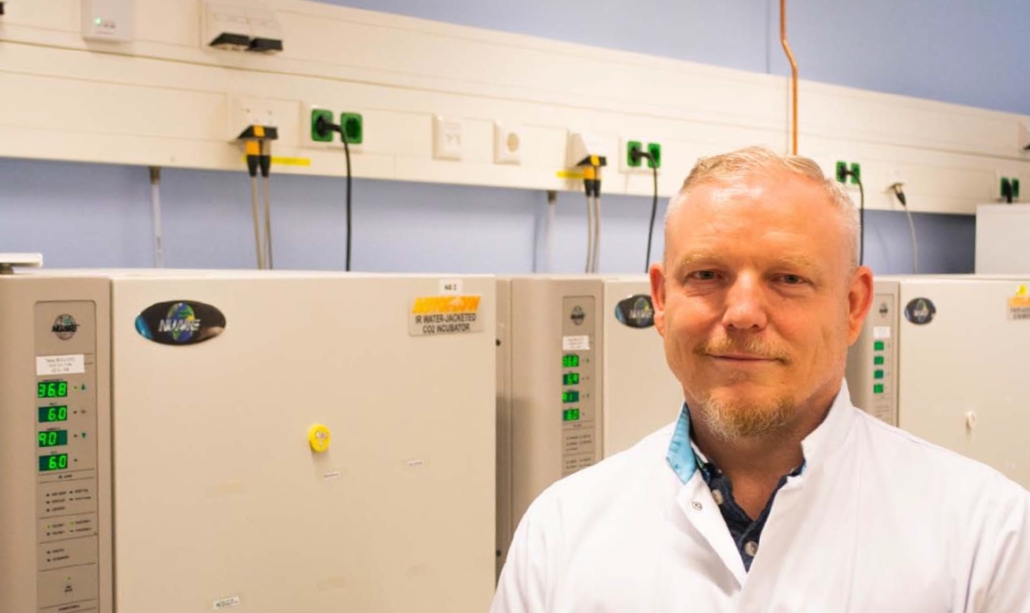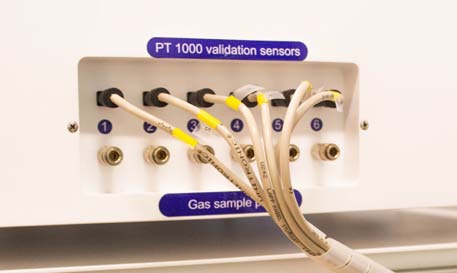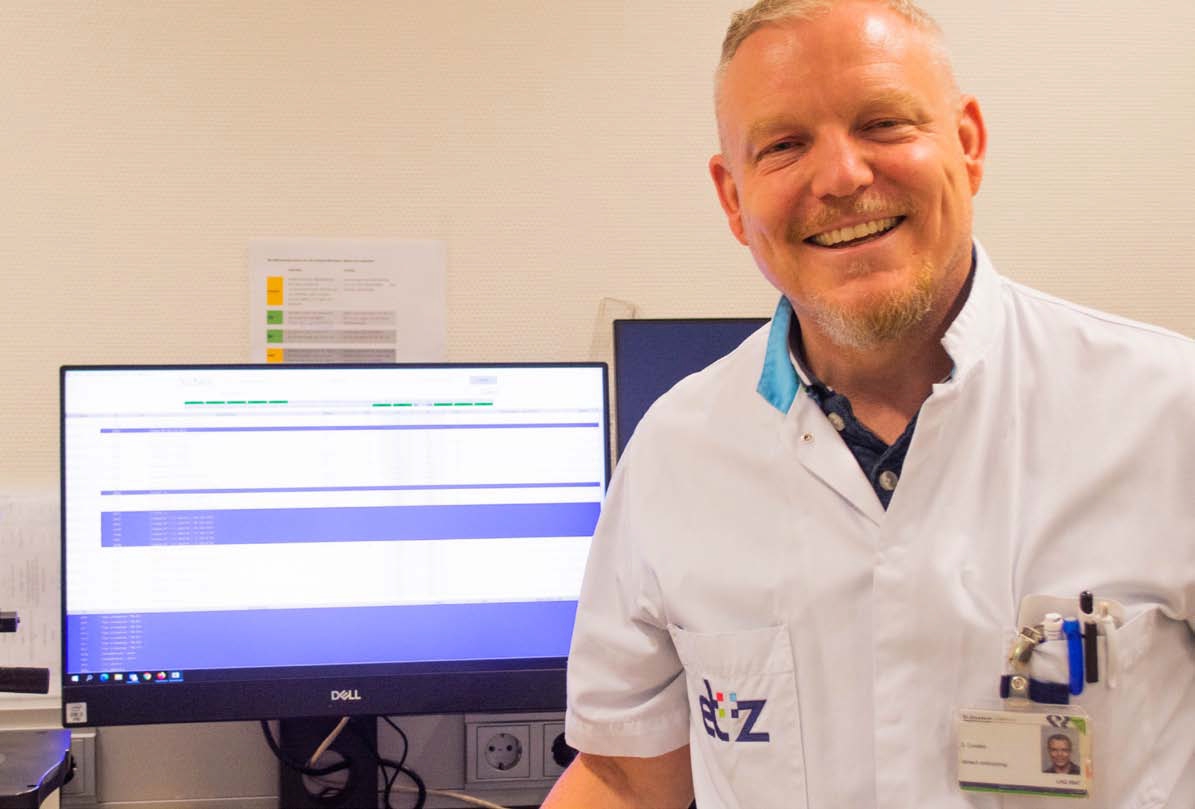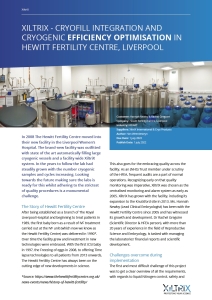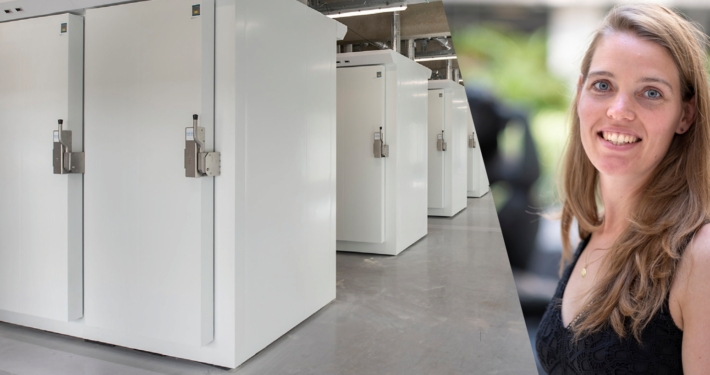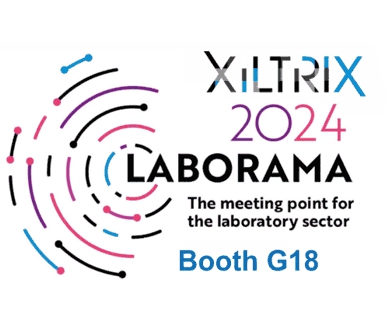XiltriX Monitoring Lessons Learned in 20 years; ETZ IVF Tilburg
Upgrading the ETZ IVF laboratory
In 2022 the IVF laboratory of ETZ Hospital in Tilburg replaced its large volume low Oxygen box type CO₂ incubators for Esco Miri benchtop incubators. This replacement was accompanied by an overhaul of the XiltriX monitoring system that was already in use for almost two decades. Together with Dr Dimitri Consten we looked back to changes in the labs, equipment and processes over the last 20 years and forward to what’s next in IVF quality assurance development.
The Story of ETZ IVF Tilburg
The roots of the ETZ hospital date back as far as the Second World War where the number of patients increased and a new hospital had to be erected. The Centre of Fertility Medicine was formed in 1984 as the result of a collaboration between the Microbiology Lab and the Fertility and Obstetrics Department of the Sint Elisabeth Hospital and the Maria Hospital in Tilburg. In the 30 years following that collaboration the centre grew rapidly offering a full pallet of fertility treatments and investing in innovative new treatments and equipment for its patients.
*Sources: https://docplayer.nl/5789761-Jaarverslag-30-jaar-ivf-in-tilburg-centrumvoortplantingsgeneeskunde-brabant-centrumvoortplantingsgeneeskunde-brabant-centrumcentrum.html – https://infocvb.nl/missie-en-visie/
Dr Dimitri Consten has been part of the journey of the Fertility Centre since 2004. With his background in Developmental Biology, he has been able to lay a stable foundation for the department. Dr Consten has a special interest in quality and has been a auditor for the CCKL and RvA quality Organisation for many years. By utilising this experience there has been a never-ending drive to improve quality control in the lab trying to provide the best possible care to all patients.
Stages of the Implementation Process
The first stage in the process of replacing the incubators and XiltriX was performing a risk assessment of the proposed changes. Going from a water jacketed incubator to a benchtop incubators is very big change. It involves a lot of technical and process changes which need to be validated. Also, the XiltriX server was moved from an on premise server to a virtual environment. This meant reimplementation of the software in a new security infrastructure together with the IT department. The risk assessment was used to draft an implementation plan which needed to allow reimplementation of both the equipment and XiltriX monitoring solution in a controlled fashion in a working IVF laboratory environment. Dr Consten commented: “We have been working with XiltriX and XiltriX International for the last 20 years. The combined experience and IVF knowledge of the XiltriX team, working with all stakeholders, has been instrumental in making this migration a success.”
Working with water jacketed box type incubators has a completely different risk profile compared to direct-heat benchtop incubators. The monitoring of box type incubators allows for measuring all parameters in a relatively big space (50-200 litres). Having a large access port, temperature, CO₂ and O₂ can be both independently measured and (in some cases) display values of the incubators can also be monitored by XiltriX. This gives a real-time picture of the growing conditions inside an incubator. Furthermore, the water jacket surrounding the incubation chamber keeps the embryos warm in case of long term power failure and allows for more reaction time of the user to prevent damage to the embryos. The downside of these types of incubators is the disturbance of all embryos every time the door is opened. This disturbance goes against the drive to maintain an “Undisturbed Embryo Culture” mimicking the homeostasis in the women’s body. Mr Han Weerdesteyn, CCO of XiltriX International said: “Many IVF labs are struggling with the migration from box type to benchtop incubators. They do not always realize the risk mitigation consequences of this move. XiltriX is able to provide guidance on how to successfully perform this migration and to mitigate the
risks involved.”
Benchtop incubators on the other hand, offer a benefit against more traditional box type incubators.embryos do not get disturbed by chamber doors being opened for other embryos and chamber volumes allow for a lower CO₂ and N₂ gas consumption. The small volume, individually heated and controlled, chambers give rise to a higher risk profile in case of power or electronic failure though. direct-heat devices have a limited heat retaining capacity and will cool down much more rapidly compared to water jacketed box type incubators. In order to mitigate this risk, a real-time monitoring system is imperative for retaining process control and to allow the user time to respond to an impending calamity before damage to the embryos occur. Dr Consten shared his experience: “In the new benchtop incubators we only have 30 minutes or less to get to the lab before embryos incur viability damage. Having XiltriX, which provides measurement updates multiple times per minute, allows for a rapid response in case of any issue. Getting the correct alarm on time allows me to get to the lab to prevent damage.”……..
Download
A full version of this article can be downloaded by THIS DOWNLOAD LINK. Or click the link next to this article.
If you would like to know more about XiltriX, let me know.
Han Weerdesteyn
CCO

